29 idyllic British landmarks you should visit in your lifetime
29. Snake Pass in the Peak District National Park is part of the shortest route by road to Manchester and Sheffield, and winds through the breathtaking Pennines and peaceful villages.

28. Said to have been founded by St Machaoi in the fifth century, Nendrum is a pre-Norman monastic site on Mahee Island, Northern Ireland, which was left to ruin in the 15th century.
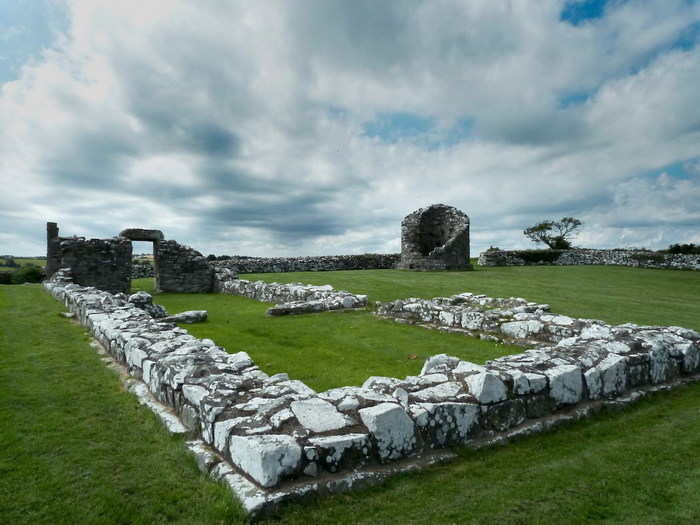
27. This oak tree in Sherwood Forest, Nottinghamshire, is over 1,000 years old. It's thought that Robin Hood used it as a hideout.
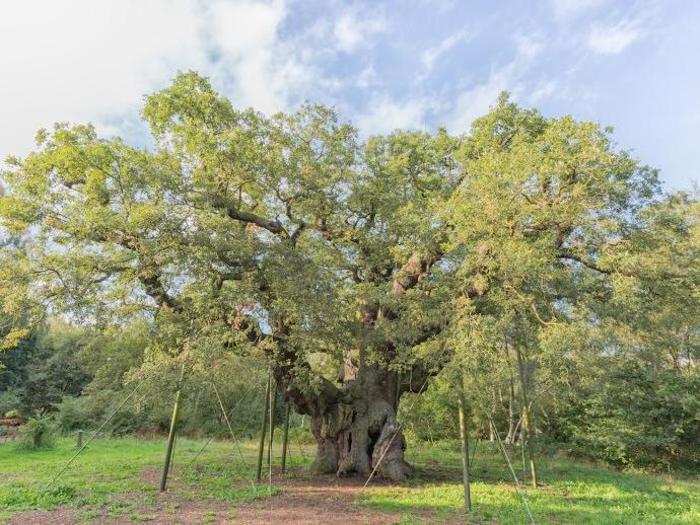
26. Sutton Hoo in Suffolk is one of the largest Saxon burial grounds in the UK, and offers a fascinating insight into the country's ancient history.
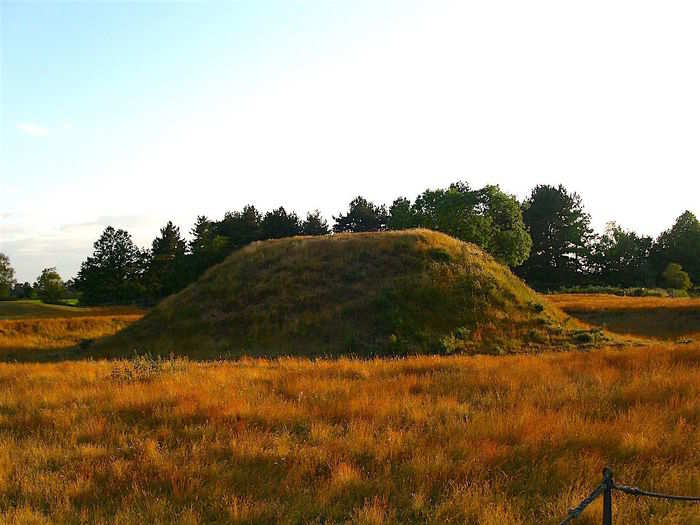
25. St. Agnes, an island forming part of the Isles of Scilly in the UK's South coast, have some beautiful, secluded beaches.
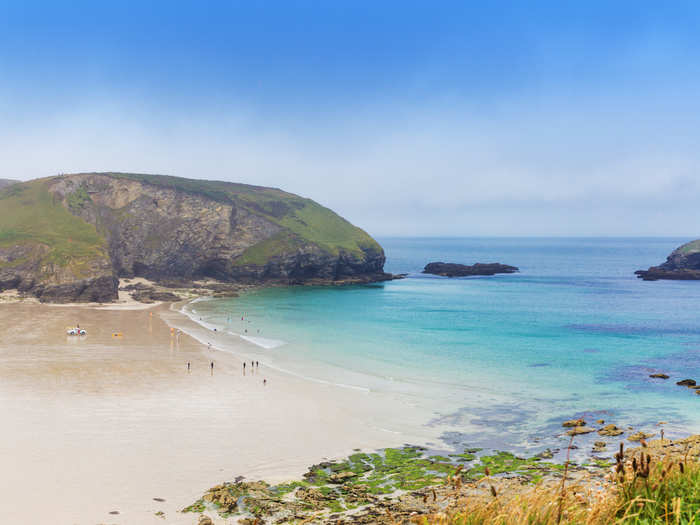
24. Stonehenge isn't the only mysterious stone circle in England. Arbor Low in Derbyshire is worth a walk in the Peak District to see.
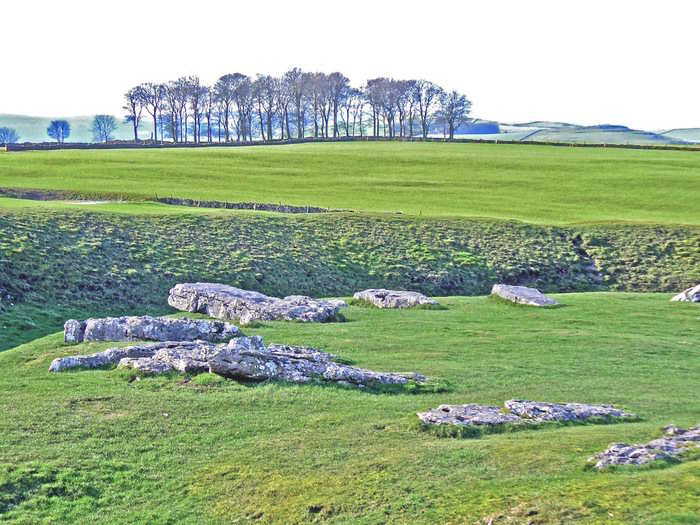
23. The Singing Ringing Tree sits at the top of Crown Point overlooking the town of Burnley, Lancashire. The intricate pipework in the sculpture means that it plays a different chord every time a gust of wind passes through.

22. Colchester in Essex was once the capital of England while it was under Roman rule. This small but perfectly-formed 11th century castle has been turned into a museum about Roman life.
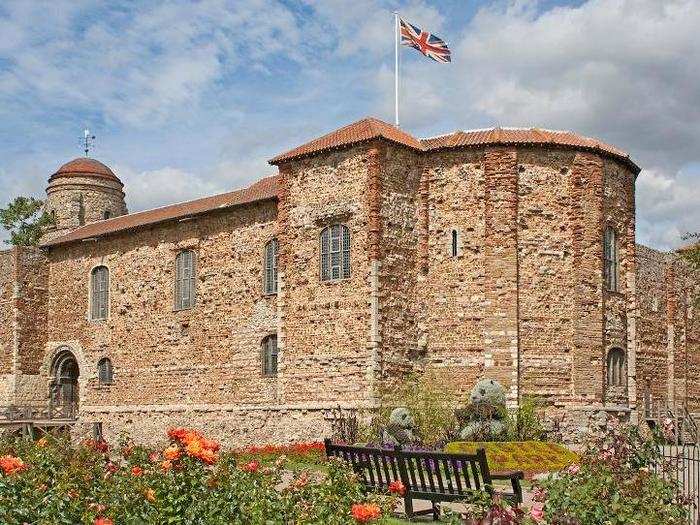
21. The Scallop, a sculpture by artist Maggi Hambling dedicated to British composer Benjamin Britten, caused controversy when it was built on the coast in Aldeburgh, Suffolk in 2003. Today, it is one of the most beautiful manmade landmarks on the south coast.
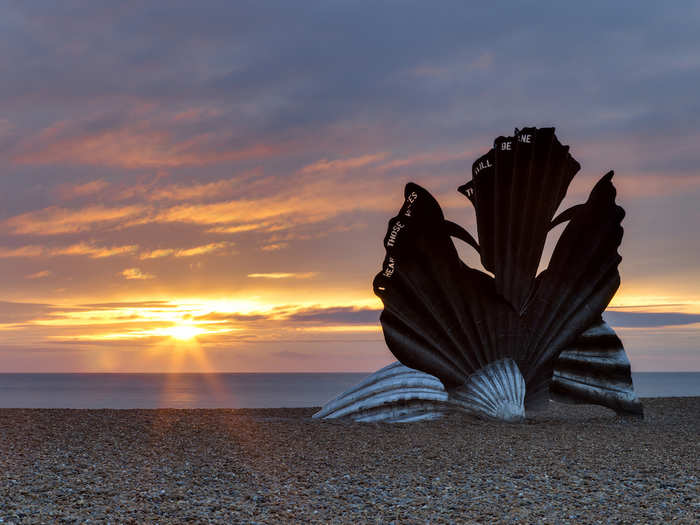
20. The House in the Clouds in Thorpeness — a tiny village on the Suffolk coast — stands tall overlooking the local golf club.
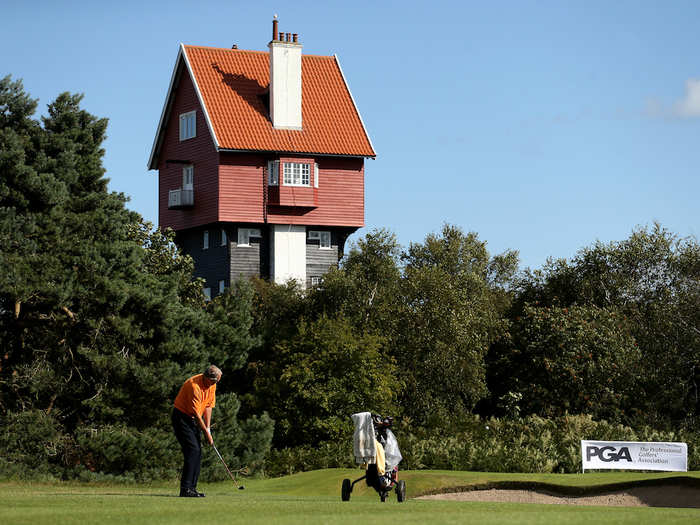
You can even stay in the house to get some unparalleled sea views.
19. The Clifton Suspension Bridge was designed by the great engineer Isambard Kingdom Brunel and is situated next to the quiet Clifton Village suburb of Bristol.
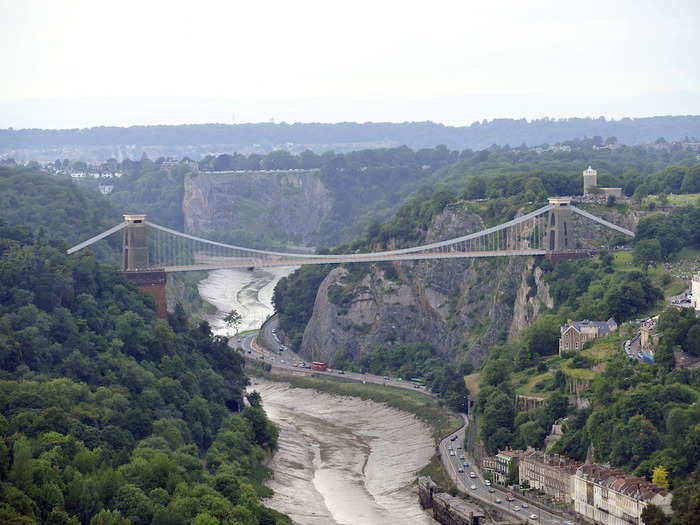
18. The Gothic ruins of Whitby Abbey, overlooking the Yorkshire coast, were once home to Benedictine monks.
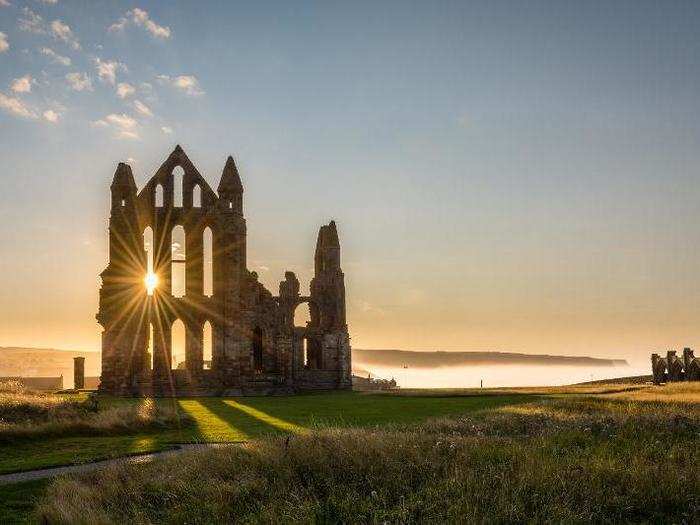
17. The Ribblehead Viaduct cuts a sharp, 28-mile line through the North Yorkshire countryside.
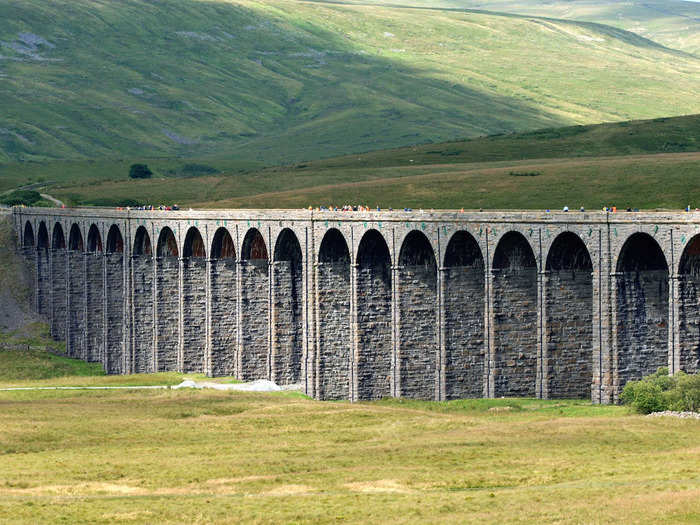
16. The original section of Chatsworth House, a historic grand home in Derbyshire, is the work of Sir William Cavendish.
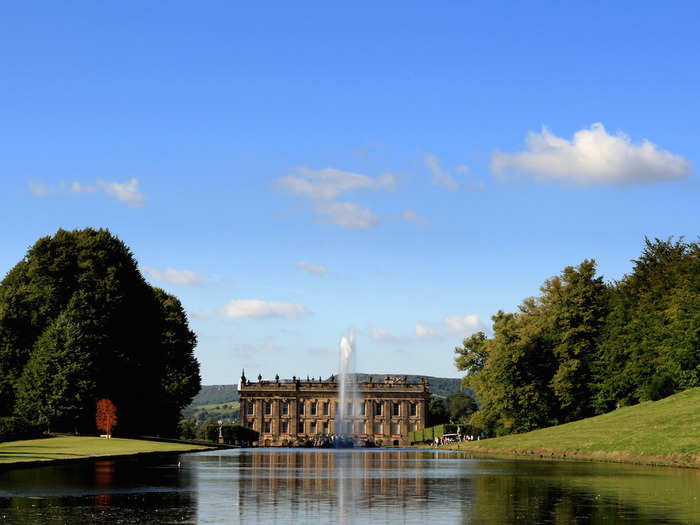
15. Dryburgh Abbey in the Scottish Borders dates back to 1150. It's barely standing today.
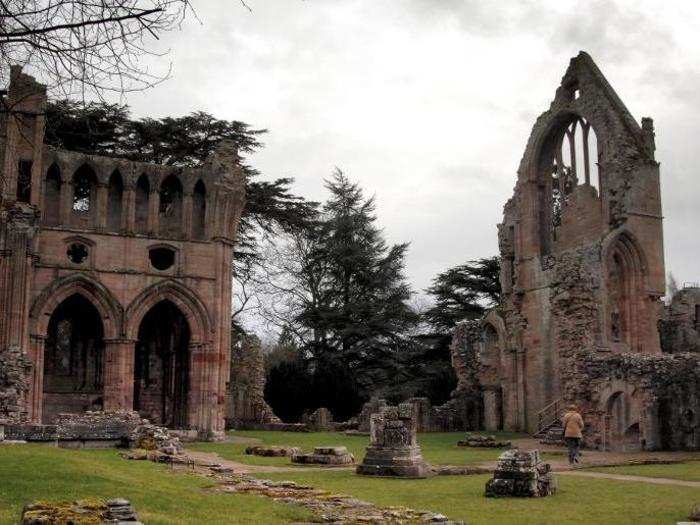
14. The picturesque rock formation at Lulworth Cove in Dorset featured in the 2013 film "World War Z."
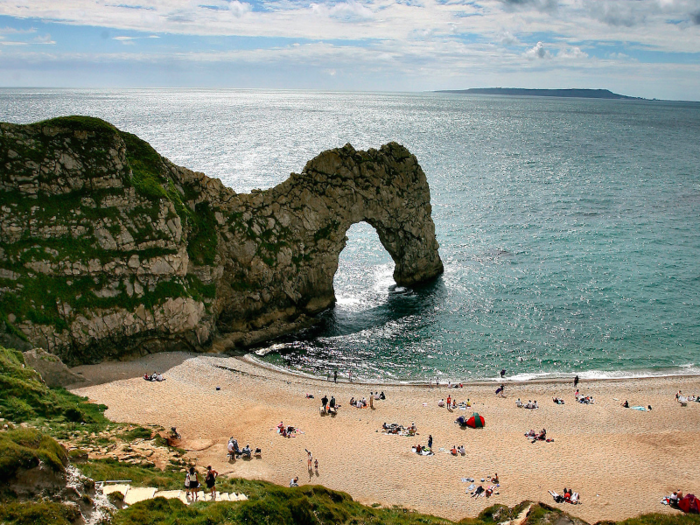
13. Wales' Laugharne Castle was partially destroyed by parliamentary forces in the 13th-century civil war.
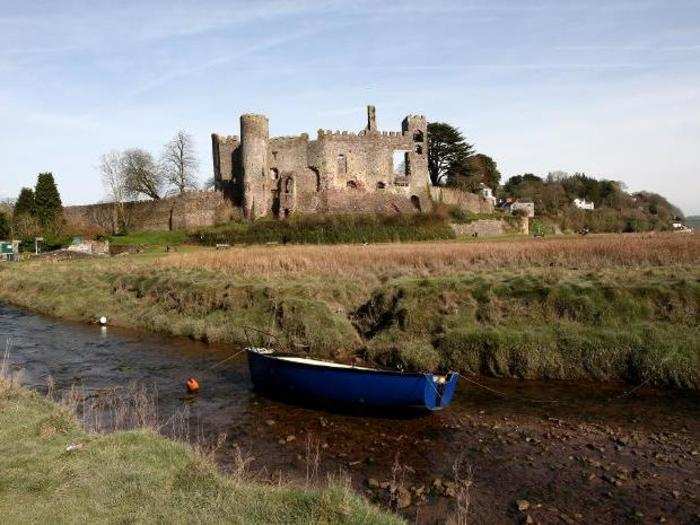
12. Hadrian's Wall marks an old border between Scotland and Roman England.
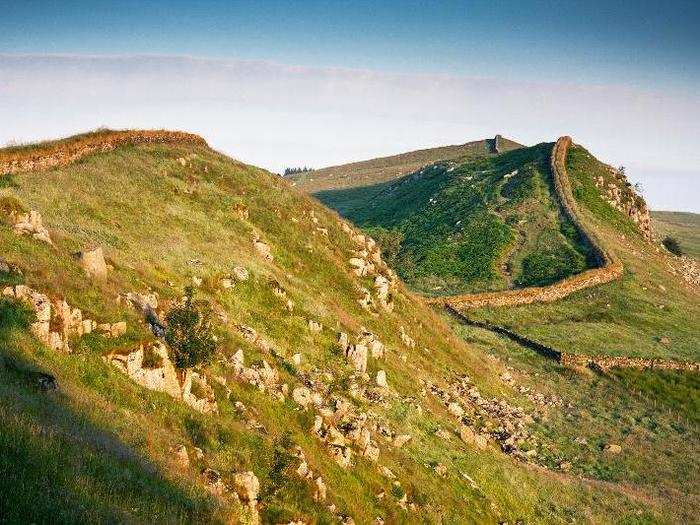
11. The Minack Theatre is an open-air venue carved into the granite cliff in Land’s End, Cornwall.
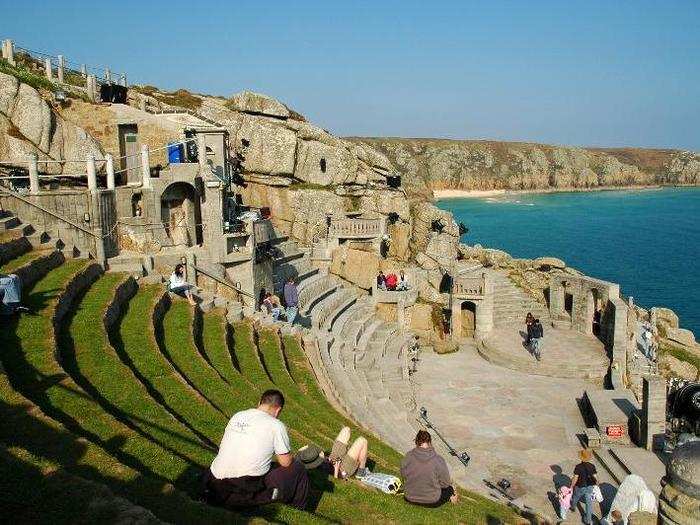
10. The Farne Islands, off the coast of Northumberland, are home to puffins and seals — as well as some gorgeous scenery.
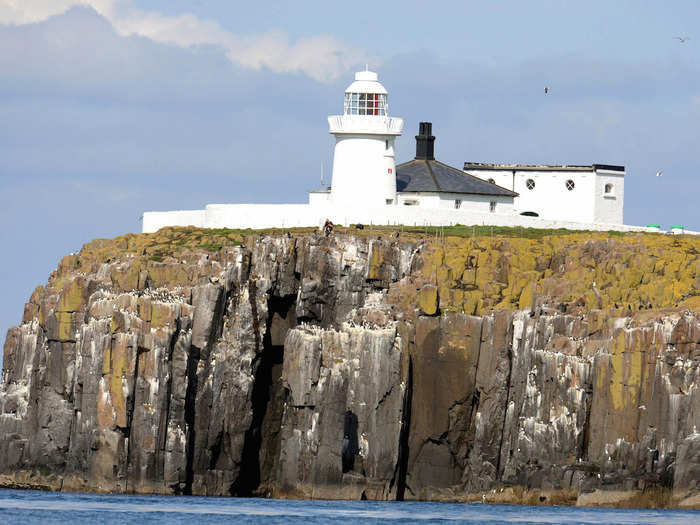
9. The multi-layered Fingal's Cave in Scotland was named after an 18th-century poem by James Macpherson.
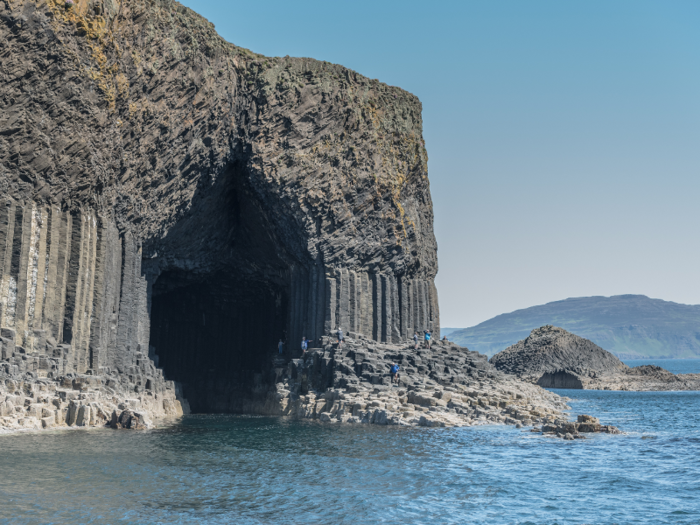
8. "The Needles," on the Isle of Wight, are made up of three separate chalk stacks. The furthest stack is attached to an automated lighthouse.
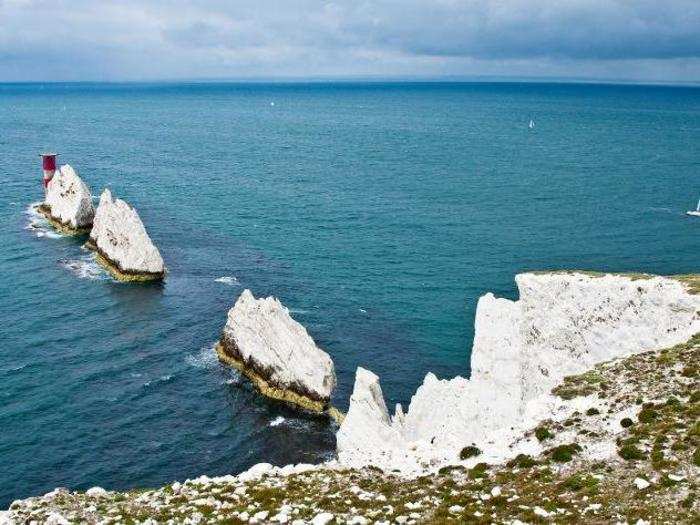
7. The Rufus Stone in the New Forest, in the south of England, allegedly marks the spot where King William II was fatally wounded with an arrow in 1100.
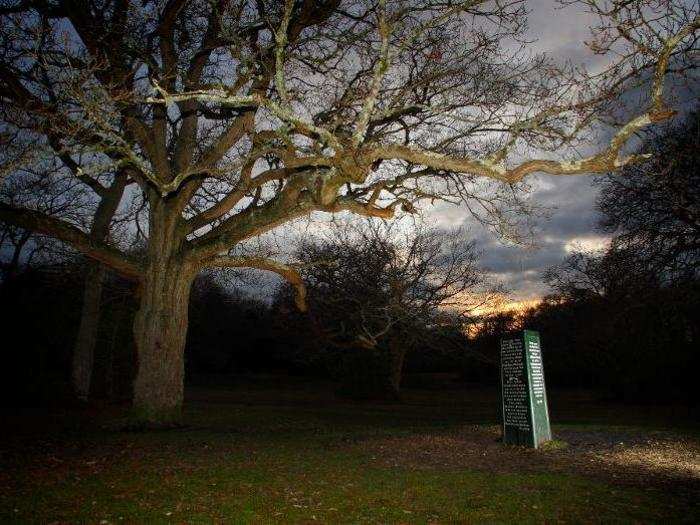
6. While most tourists travel to Stonehenge, the Machrie Moor Stone Circle — which lies on the Isle of Arran, Scotland — is just as beautiful.
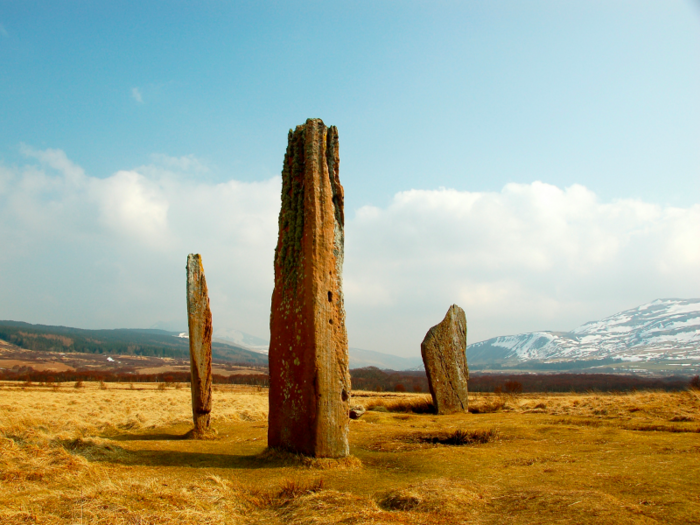
5. The Angel of the North, a sculpture by Sir Antony Gormley, stands proud in Tyne and Wear.

4. The Giant's Causeway in County Antrim, Northern Ireland, is comprised of 40,000 interlocking basalt columns — the result of a volcanic eruption.
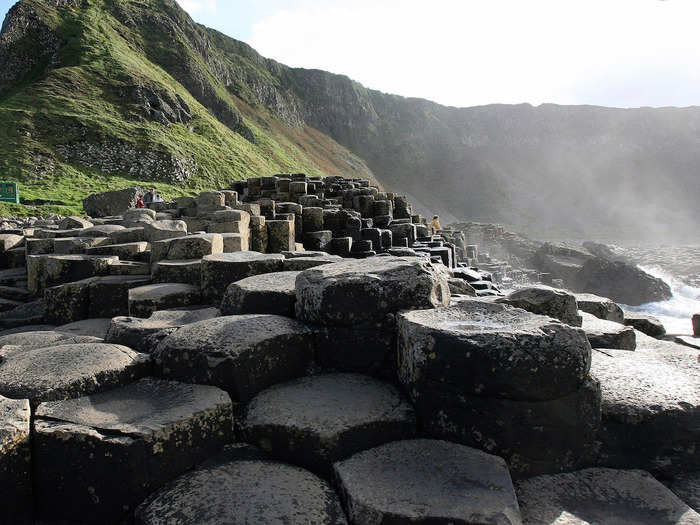
3. St Michael's Mount in Cornwall is a mirror image of Mont Saint-Michel in Normandy, France.
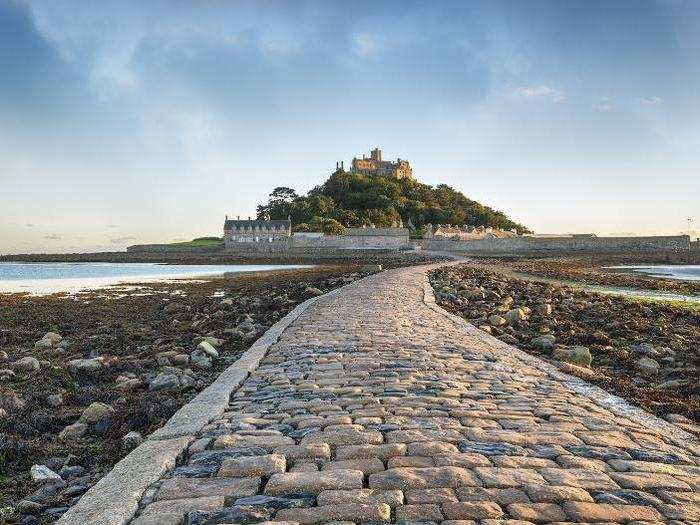
2. The Boat House in Laugharne is the former workplace of the poet Dylan Thomas.
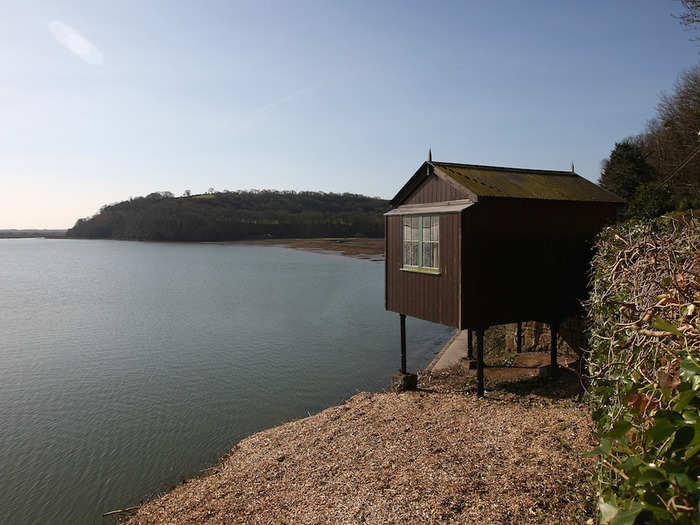
1. The Penshaw Monument in Sunderland is a copy of the Greek Temple of Hephaestus in Athens.
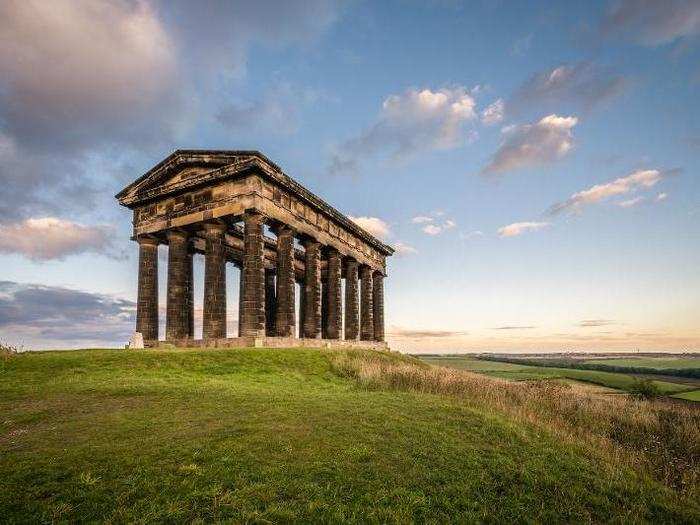
Popular Right Now
Popular Keywords
Advertisement